Vegan Globetrotter is supported by our audience. When you purchase through one of our links, we may earn a small affiliate commission. As an Amazon Associate I earn from qualifying purchases. Your cost is not affected.
==================
Why Make the Switch?
Welcome, culinary enthusiasts! Today, we delve into the world of kitchen technology and explore the remarkable benefits of induction cooking. For those unfamiliar with the term, induction cooking uses electromagnetic fields to heat cookware directly, as opposed to gas or electric stovetops that heat indirectly.
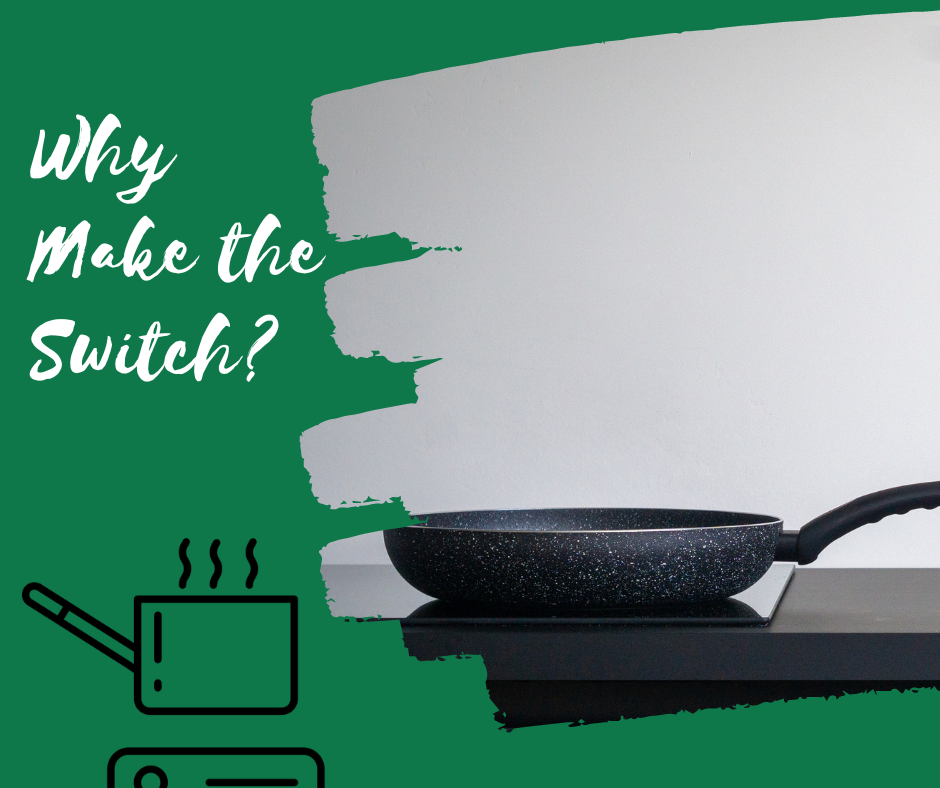
The concept of induction cooking has been around for quite some time, but it’s only in recent years that it has gained significant popularity. With the advent of modern technology, induction cooktops have become more efficient, reliable, and affordable. But what makes this method so appealing? Let’s delve into the ins and outs of induction cooking, and you’ll understand why it’s becoming a top pick among professional chefs and home cooks.
The Rise of Induction Technology

Induction cooking has taken off lately, and it’s not hard to see why. It’s like the energy-saving wizard of the kitchen! It helps you save money on expenses and is kind to the environment. Plus, it’s become more affordable and user-friendly. Safety-wise, it’s a star because it only heats up when you put a pot or pan on it and cools down fast. Whether you’re at home or in a restaurant, folks love how speedy and efficient it is, making it a top choice for cooks of all kinds.
Understanding Induction Cooking: How It Works
Induction cooking might sound complicated, but it’s quite simple. The process begins when you turn on the induction cooktop. An electric current passes underneath the cooking surface, creating a magnetic field. When you place an iron or stainless-steel pan on the cooktop, this magnetic field induces an electric current in the pan, generating heat.

It’s crucial to note that the heat is produced directly inside the pot or pan, not on the cooktop’s surface. This is why induction cooking is more energy-efficient – it reduces the heat lost to the environment. Also, because the cooktop does not get hot, it’s safer and easier to clean compared to traditional stovetops.
Why Induction Cooking is Better: A Detailed Overview
So, why is induction cooking better than gas or electricity? There are several reasons.
First, induction cooktops heat up and cool down faster than their gas or electric counterparts. This rapid heating and cooling process gives you better control over your cooking temperature, allowing you to cook food more precisely.
Second, induction cooktops are more energy-efficient. This is because they heat the cookware directly, minimizing heat loss to the environment. As a result, they can cook food faster and use less power, saving you both time and money.
Lastly, induction cooktops are safer to use. Because they don’t generate heat on their surface, there’s a lower risk of burns. Also, they don’t use open flames, reducing the fire risk.
Safety Advantages of Induction Cooktops
Safety is paramount in any kitchen, and induction cooktops shine. One of the main safety advantages of induction cooktops is that they don’t get hot. The heat is generated inside the cookware, not the cooktop. This means you can touch the surface without getting burned, which is especially beneficial if you have children.
Another safety benefit is that induction cooktops don’t use open flames, eliminating the risk of fires caused by overheated oil or food spillage. Moreover, because they cool down quickly after you remove the cookware, there’s less chance of accidental burns from a still-hot cooking surface.
Power Advantages of Induction Over Gas or Electric
Induction cooktops boast significant power advantages over gas or electric stoves. For starters, they are incredibly efficient at transferring heat. While gas stoves waste about half their heat and electric ones about 30-40%, induction cooktops waste as little as 10%.
Moreover, induction cooktops can achieve a much wider range of temperatures, and they can do it quickly. They can heat up and cool down almost instantly, allowing you to switch from high to low heat in seconds. This is particularly useful when quickly bringing a boil down to a simmer.
Economic Benefits of Induction Cooking
When it comes to cost-effectiveness, induction cooking stands out. While the initial cost of an induction cooktop might be higher than that of a gas or electric stove, the long-term savings can be substantial.
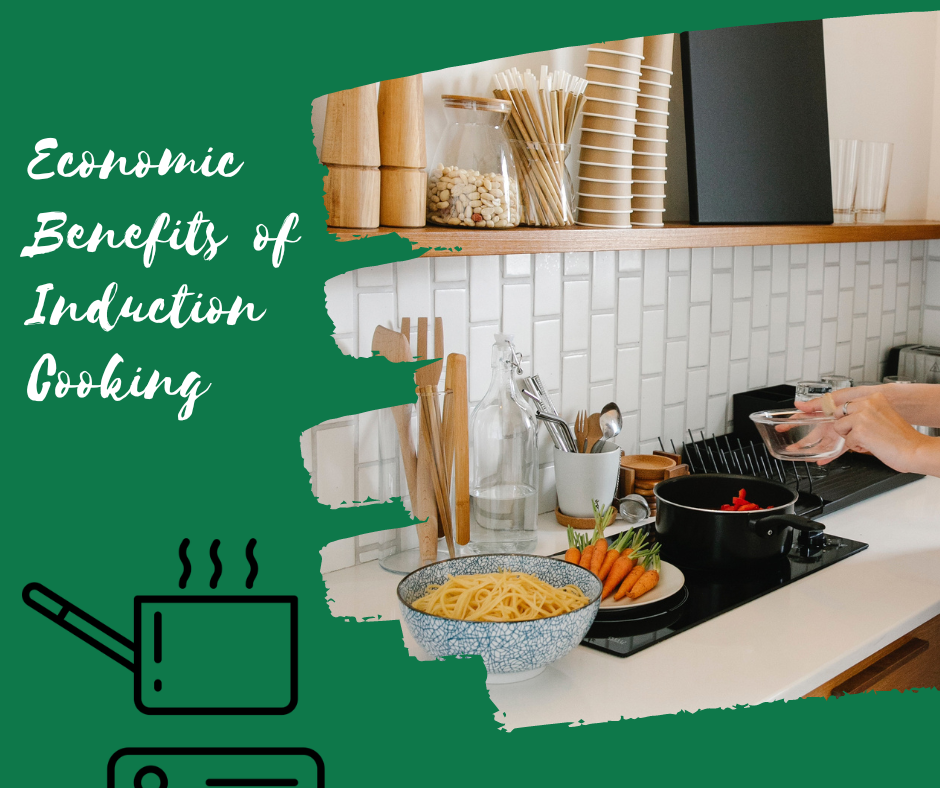
Induction cooktops are more energy-efficient, which translates into lower utility bills. They also require less maintenance and have a longer lifespan, reducing the cost of repairs and replacements. Plus, because they cook food faster, you save time; as we all know, time is money.
Exploring the Efficiency of Induction Cooking
The efficiency of induction cooking is unparalleled. Because they heat the cookware directly, induction cooktops can boil water almost twice as fast as gas or electric stovetops. This means less waiting for your pot to heat up and more time to enjoy your meal.
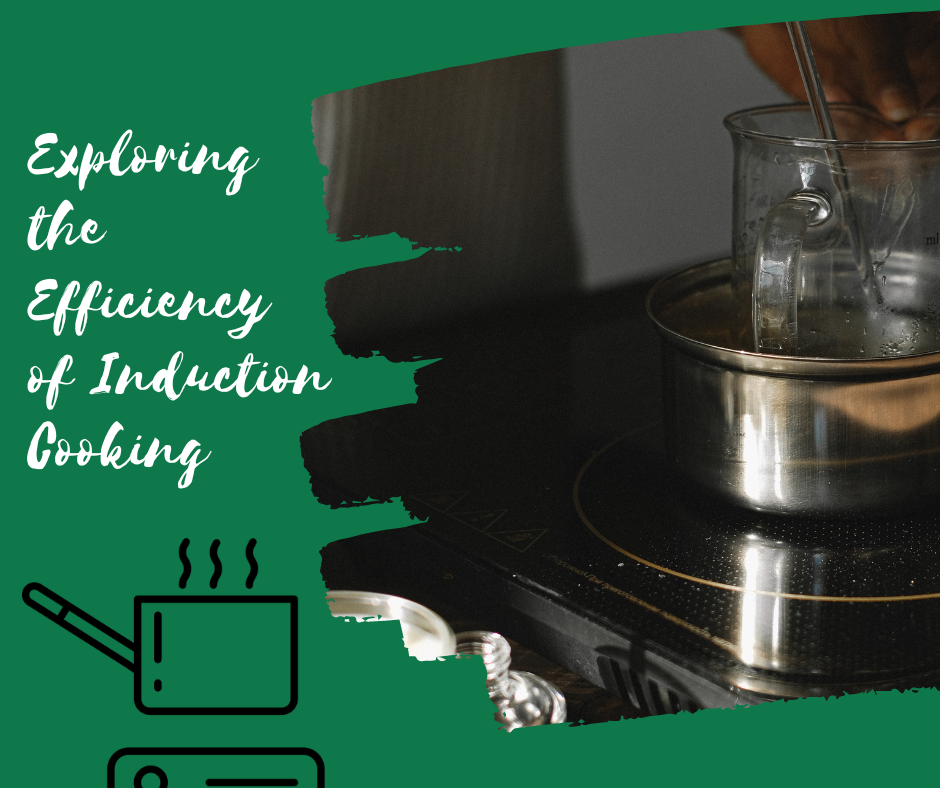
In addition, induction cooktops provide even heat distribution, ensuring that your food is cooked uniformly. No doubt! This can improve the quality of your dishes, especially when you’re cooking delicate foods that require precise temperature control.
Defining through BTU’s
The average gas burner attains about 10,000 to 20,000 BTUs. However, the induction cooktop reaches the equivalent of 40,000 BTUs.That amounts to a savings in time and energy used.
The Environmental Impact of Induction Cooking
Induction cooking is not just good for your wallet; it’s also good for the environment. It can contribute to the environment by using less energy, and induction cooktops reduce your carbon footprint.
Moreover, since induction cooktops don’t produce combustion gases like gas stovetops do, they help maintain better indoor air quality. This means a healthier cooking environment for you and your family.
Making the Switch: Steps to Transition to Induction Cooking
Transitioning to induction cooking may seem daunting, but it’s quite straightforward. The first step is to ensure that your cookware is compatible. Because induction cooktops use magnetic fields to provide heat, your pots and pans must be made of magnetic material, like iron or stainless steel.

Next, consider the size of your new induction cooktop. They come in various sizes, so choose one that fits your kitchen space. Also, remember that larger cooktops allow you to cook multiple dishes simultaneously.
Finally, familiarize yourself with the controls. Induction cooktops usually have touch controls that allow you to adjust the heat level precisely. Take some time to practice, and you’ll be cooking like a pro in no time.
Induction Cooking Benefits for Food Quality and Taste
Aside from being efficient and safe, induction cooking can also enhance the quality and taste of your food. The accurate temperature control allows you to cook your food perfectly, whether simmering a delicate sauce or searing a steak.
Moreover, the even heat distribution ensures that your food cooks uniformly, eliminating the risk of hot spots that can burn your food. This can make an outstanding difference in your dishes’ outcome, particularly when baking or making stews.
Real-life Experiences: Switching to Induction Cooking
Numerous people have switched to induction cooking and never looked back. They often praise induction cooktops’ speed and control, revolutionizing their cooking experience.
Many also appreciate the safety that induction cooking provides, especially those with young children. They no longer worry about their kids accidentally touching a hot stove or playing with open flames.
Common Misconceptions about Induction Cooking
A few misconceptions about induction cooking may deter some people from switching. One of the most common is that induction cooking requires special, expensive cookware. While it’s true that not all cookware is compatible with induction cooktops, many pots and pans made of iron or stainless steel work perfectly fine.
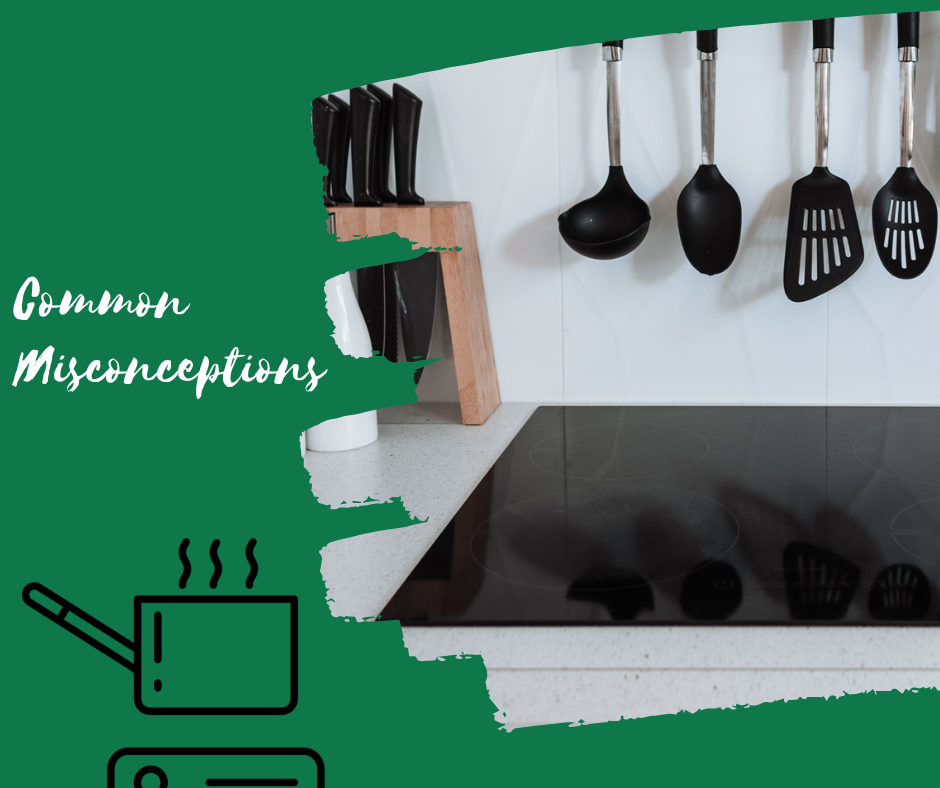
Another misconception is that induction cooktops are difficult to use. In reality, they are quite user-friendly. The controls are usually touch-sensitive and intuitive, allowing you to adjust the heat level precisely. With a little practice, induction cooking is no more complicated than cooking on a gas or electric stove.
Should You Make the Switch to Induction Cooking?
So, should you make the switch to induction cooking? The answer seems clear given its numerous benefits – from safety and power advantages to economic and environmental benefits.
Yes, induction cooking requires a bit of a learning curve, and you may need to invest in some new cookware. But the benefits far outweigh the initial costs and effort. In the end, you’ll have a cooking method that’s fast, efficient, safe, and eco-friendly. So why not switch and experience the benefits of induction cooking for yourself?
Choosing the Right Induction Cooktop
Are you wondering how to choose the right induction cooktop? Well, choosing the right induction cooktop for your home is simple when you consider these important points:
Portability Option
Decide if you want a cooktop; you can move around. A portable induction cooktop lets you cook wherever you like, whether on your rooftop, backyard or elsewhere. It’s perfect to take it with you when you move or travel.
Easy Cooking
Some modern induction cooktops are like cooking experts. They have a pre-set menu that adjusts the temperature for different dishes. Whether boiling milk, making rice, cooking roti, or stir-frying veggies, these cooktops make it a breeze.
Right Pan Size
Check if your cookware matches the cooktop’s size. Each induction cooktop has a size limit. If your cookware is too small, the cooktop won’t work. Ensure your cookware fits the cooktop’s coil size for efficient cooking.
Cooking Speed
Think about how fast you want your food to cook. Induction cooktops typically have a power rating between 1000-2000W. If you want speedy cooking, go for a higher power-rated cooktop.
Safety First
Safety is crucial in the kitchen. Look for induction cooktops with safety features like auto-pan detection. It turns off the heat when you remove your cookware. Some models even turn off automatically if your pan gets too hot or if you forget to switch off the cooktop.
How Induction Cooking Can Save You Time and Energy
Did you know that induction cooking can save you time and energy? Induction cooking is like your kitchen’s superhero, saving you time and energy in some pretty cool ways:
Energy Saver
Induction cooktops are like energy-efficient champs. They use 5-10% less energy than regular electric stoves and beat gas stoves threefold. The secret sauce? They heat your pots and pans directly, not the air around them. Less wasted heat means more energy goes into cooking your food.
Speed Demon
Ever wanted your cookware to get hot in a flash? Induction cooking is your answer. It quickly zaps your pots and pans with heat, so your food cooks quickly. Say hello to less waiting around in the kitchen.
Temperature Wizardry
Precision is the name of the game with induction cooktops. You get to control the heat down to the exact degree. No more overcooking or undercooking mishaps. That’s a time and energy-saver right there.
Earth-Friendly
Induction cooking is also a planet-friendly choice. It’s kinder to the environment because it’s efficient and uses less energy. That means fewer greenhouse gases, which is good news for Mother Earth.
Whether you’re a culinary enthusiast or want to get dinner on the table quicker, induction cooking is your trusty sidekick. It cooks faster, saves energy, and gives you more control in the kitchen – a win-win for all.
Start Your Induction Cooking Today
In conclusion, induction cooking offers amazing advantages that are hard to beat. It saves energy, heats up fast, and lets you cook with precision while staying safe. Induction cooking is a smart choice as we become more mindful of saving energy and protecting our environment. With ongoing improvements and more people using it, induction cooking is here to stay, making our cooking experiences better and more eco-friendly.
FAQs
What's so special about induction cooking?
Induction cooking is a high-tech way to cook food. It’s super efficient because it heats up your pots and pans directly. This makes it faster and uses less energy.
How fast does induction cooking heat up?
It’s lightning fast! Your pots and pans get hot almost immediately.
Do I need special pots and pans?
Yes, you’ll need stainless steel or cast iron cookware with a magnetic bottom.
Can I switch to induction without renovating my kitchen?
Yes, you can replace your regular stove with an induction cooktop, as long as your kitchen’s electrical system supports it. No need for a full kitchen makeover
🌿 Discover the Benefits of Induction Cooking: Join Us on Social Media! 🍳🌍
👉 Exciting Insights: Follow us on Facebook, Instagram, Pinterest, and Twitter for fascinating posts about the advantages of induction cooking, energy efficiency, and sustainable kitchen practices.
👉 Product Reviews: Explore honest reviews of induction cooktops, eco-friendly cookware, and delectable recipes designed for induction cooking.
👉 Join Our Community: Connect with our community of eco-conscious cooks, share your experiences with induction technology, and learn from others embracing this eco-friendly culinary journey.
📌 Find us on Social Media:
🔹 Facebook: https://www.facebook.com/VeganGlobetrotter
🔹 Instagram: https://www.instagram.com/_veganglobetrotter/
🔹 Pinterest: https://www.pinterest.com/theveganglobetrotter
🔹 Twitter: https://twitter.com/VeganGlobetrot
🌱 Let’s embark on an eco-friendly cooking adventure together! 🍳🌏

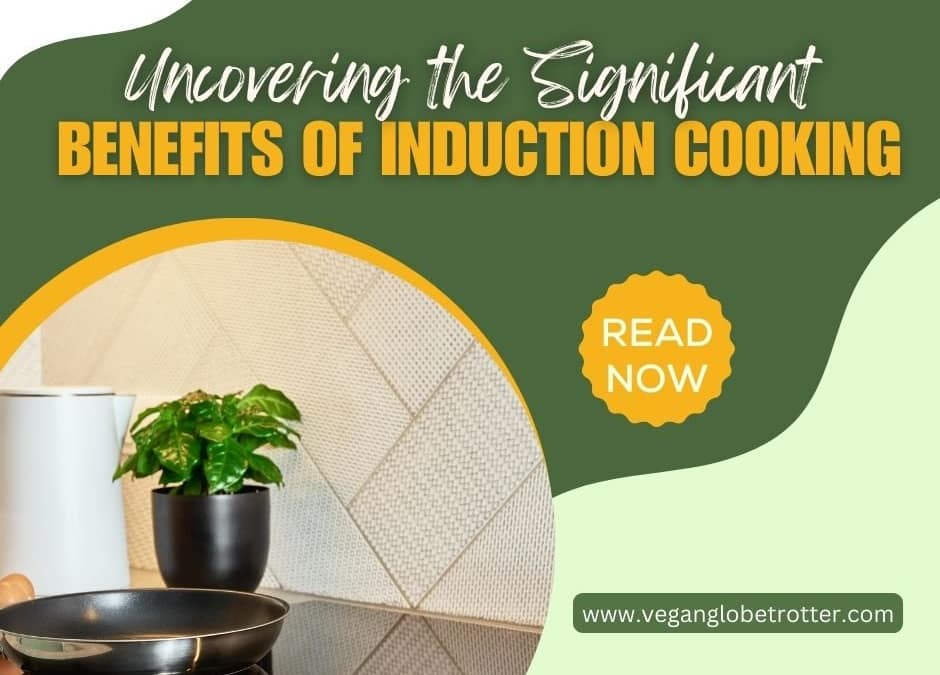



Don't miss out
when new recipes and information are added!
Join our newsletter for free recipes,
healthy living inspiration, and special offers
You have Successfully Subscribed!